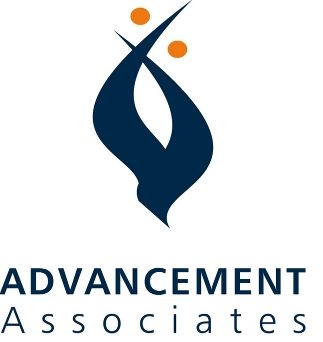In my former life as a college administrator I had an experience that made me a believer about the importance of formal planning in the advancement office.
To prepare for the new school year, our advancement team invested two full days in creating a plan that would guide our work. Results from the previous year had been disappointing and we wanted to try some different approaches; that goal required careful planning. Our work wasn’t easy or fun, but it was essential.
Four months later, a senior member of our four-person professional staff suffered a heart attack on Monday afternoon. Then on Friday, another colleague was killed in a tragic car accident. In the space of five days, I had lost half of my staff.
Those of us who were left assembled several days later. Along with our understandable anguish, we knew we had to make some quick adjustments in our strategies and activities. In just a day, we knew exactly what those changes would be. What allowed that was our good advancement plan.
Every advancement office needs a formal plan. Advancement work is never done. Success requires the understanding and support of others. There’s no shortage of “new” ideas and expectations from CEOs and board members. And the resources (time and money) required for implementation are limited. A plan helps on all those scores, and more.
What makes a good advancement plan? Broadly speaking, such a plan gives staff members a clear blueprint for their work; helps hold people accountable; collects important information in a usable format; and educates others about the advancement function and its keys to success.
Here are the components of an effective advancement plan:
1. Introduction: A short paragraph will explain the purpose of the advancement plan and how it is organized. This is particularly useful for outside readers, including heads of related departments, the CEO, and board members.
2. Review of previous year: What were the goals for last year’s advancement effort? Were they reached? Why or why not? What results suggest key strategies for your new plan?
3. S-W-O-T analysis: A technique from the business world can help the advancement office, too. What internal “strengths” and external “opportunities” will support achievement of your goals? What “weaknesses” and “threats” may become obstacles to success? Create a specific list of these factors. Pay particular attention to the obstacles that can be changed.
4. Goals, objectives, activities: Now that the preliminary work is done, you are ready to work on the heart of the advancement plan. Relatively few larger goals are supported by more objectives, which are supported by many activities. As much as possible, all goals/objectives/activities should be very specific and quantifiable. Among other advantages, this will clarify roles and responsibilities and allow for helpful measurement of performance.
5. Checks and controls: This section describes how the advancement office will monitor successful implementation of your implementation plan. Among other things, I recommend a thorough mid-year review of the plan. This allows staff to make appropriate adjustments while there is still time for success.
6. Resources: Do you have the budget and time required to fully implement the advancement plan? If not, something has to give: either you find more resources or reduce the scope of the plan. A plan that does not match available resources does not serve and hampers attempts to hold staff members accountable for their work.
7. Database: As an attachment to the advancement plan, I recommend a page of data that highlights results from previous years. For example, how many new donors did you achieve? How many prospective students visited your school? How many people attended fundraising events? Ideally, collect three years of comparable information to help you see significant patterns and trends.
For anyone who wonders whether creating a formal advancement plan is worth the time and effort, rest assured that the process gets easier with practice, and that a good plan serves as a valuable tool to chart an organization’s advancement course—even absent traumatic circumstances like those described above.
